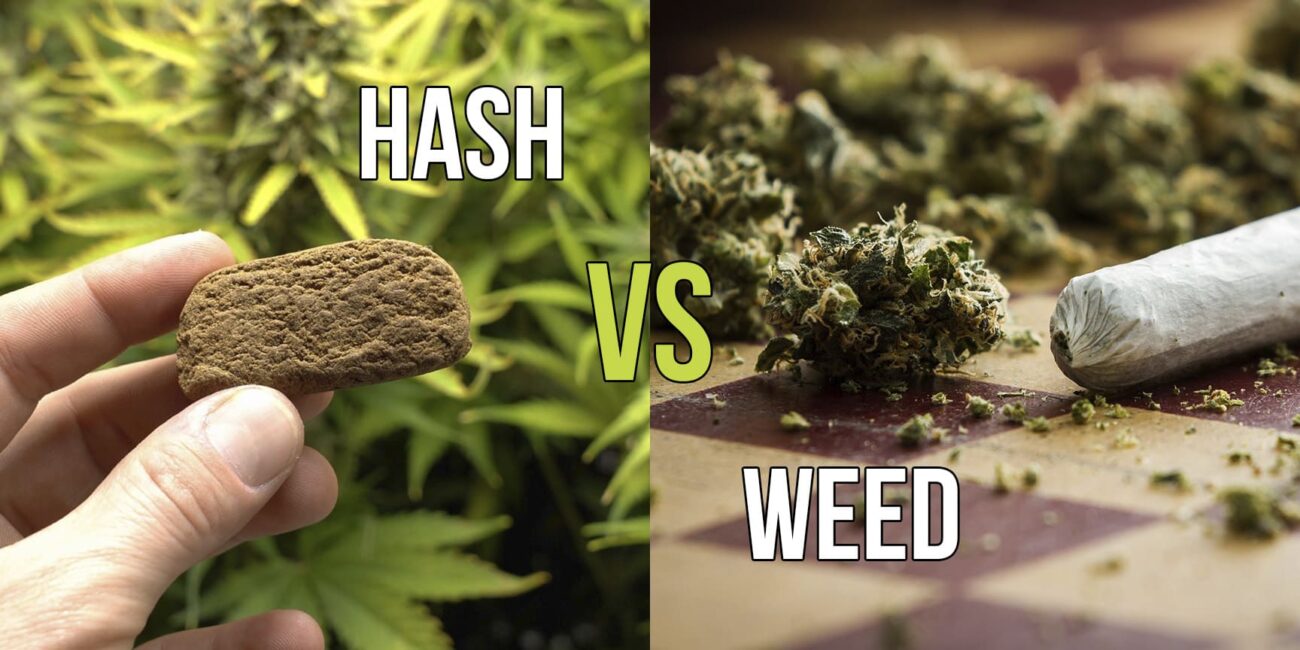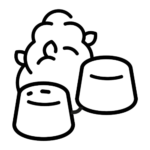What are the crystals on top of weed?
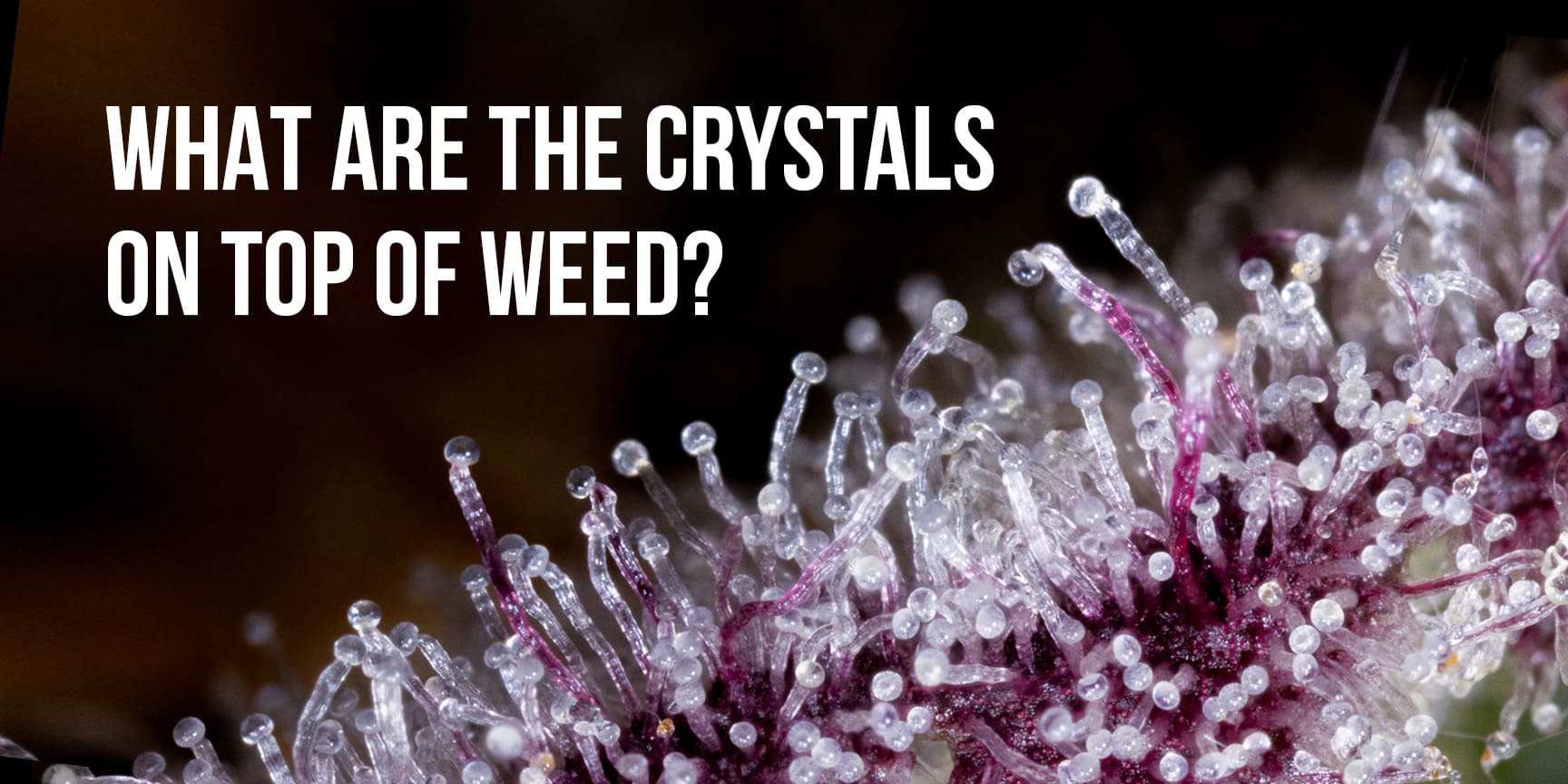
Resinous crystals that abundantly grow on the surface of the flowers of cannabis plants, giving them a distinct, shimmering appearance called cannabis trichomes.
These tiny structures play a crucial role in the cannabis plant’s chemistry, serving as the primary source of most cannabinoids and terpenes found in various cannabis extracts and concentrates, such as kief and hash
Trichomes are essentially the treasure troves of cannabis compounds, containing a rich and diverse array of beneficial chemicals.
Among these compounds are the well-known cannabinoids, THC (tetrahydrocannabinol), and CBD (cannabidiol), which are responsible for the plant’s medicinal properties and therapeutic effects.
However, trichomes offer much more than just these two prominent cannabinoids. They are also responsible for producing a plethora of other lesser-known cannabinoids, each with its unique properties and potential health benefits.
Moreover, trichomes are home to an extensive variety of aromatic terpenes, which are responsible for the characteristic scents and flavors of different cannabis strains.
Terpenes not only contribute to the overall aroma profile of cannabis but also work in synergy with cannabinoids to create the entourage effect, enhancing the therapeutic potential and overall effectiveness of cannabis medicine.
As cannabis enthusiasts and researchers delve deeper into understanding the complexities of trichomes, they uncover the secrets of these precious structures, unlocking new possibilities for cannabis applications and medicinal treatments.
The remarkable diversity and effectiveness of cannabis medicine can be largely attributed to the unique properties and contributions of these tiny, resinous trichomes.
Did you know that THC or weed crystals exist? Exactly! There are such things. And we talked in detail about their effects, pros and cons in this article: “What are the weed crystals?”
The Anatomy of the Trichome
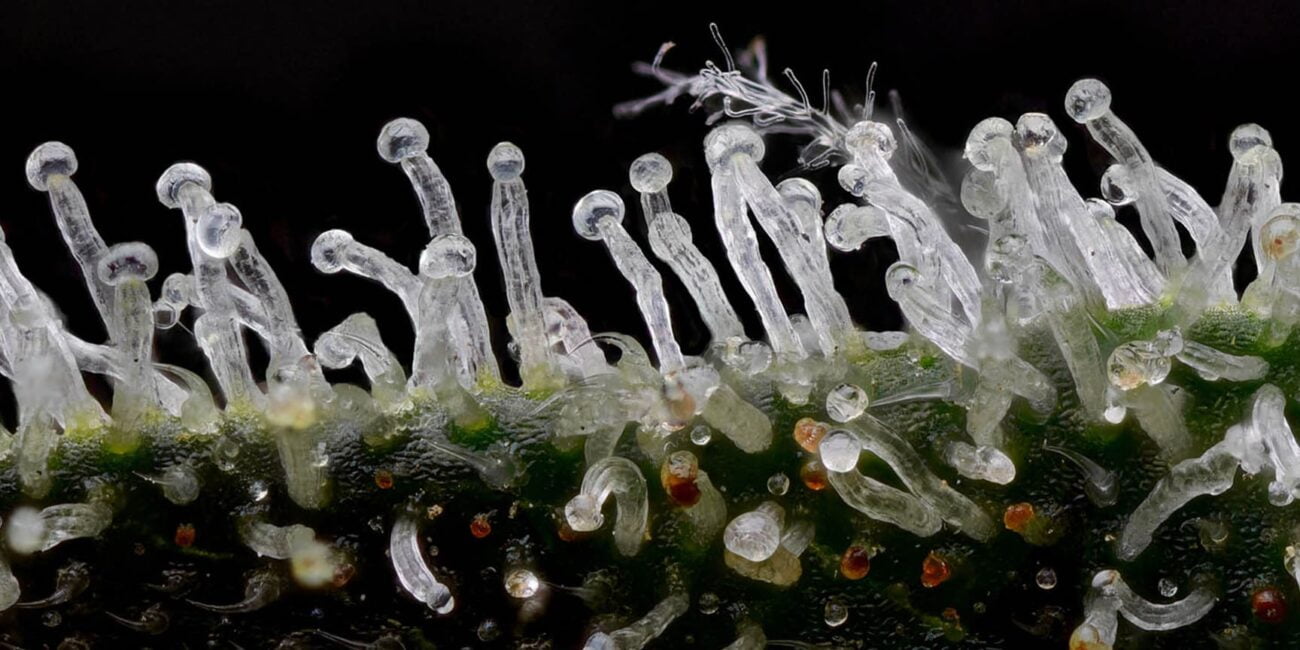
Cannabis extractors carefully isolate active cannabinoids and terpenes from the resinous trichomes found on the surface of cannabis flowers. Trichomes undergo a series of growth phases over time, collectively known as the trichome development stages.
During the initiation stage, as the bud begins to grow, trichomes emerge in small bundles on the outer layers of the buds, resembling fuzzy or felt-like structures. As growth continues, the trichomes become more distinct and prominent.
Moving into the early development stage, trichomes establish themselves as independent entities, separate from the surrounding buds. They form tight clusters and create tiny white, blue, or green crystals known as “hairs.”
Additionally, smaller buds emerge at the ends of their branches, remnants of their original flowers.
Speaking of cannabis flowers. In our catalog you can find absolutely different options that can meet your needs. From sweet, to skinny flavors, from bright, to classic colors – a lot of strains are waiting for you there.
The maturation stage represents the final phase of trichome development. By this point, all the smaller buds have fallen off, leaving mostly matured trichomes in the form of sticky, white crystals. Even at this stage, the trichomes retain their stickiness and translucency.
The process of trichome development is an intricate molecular dance, orchestrated by the cannabis plant to produce the vast array of cannabinoids and terpenes that make up the unique chemical composition of each strain.
These resinous trichomes are the key to unlocking the therapeutic and medicinal potential of cannabis, offering a diverse range of compounds that interact synergistically to create the entourage effect, enhancing the overall effectiveness of cannabis medicine.
Different Types of Cannabis Trichomes
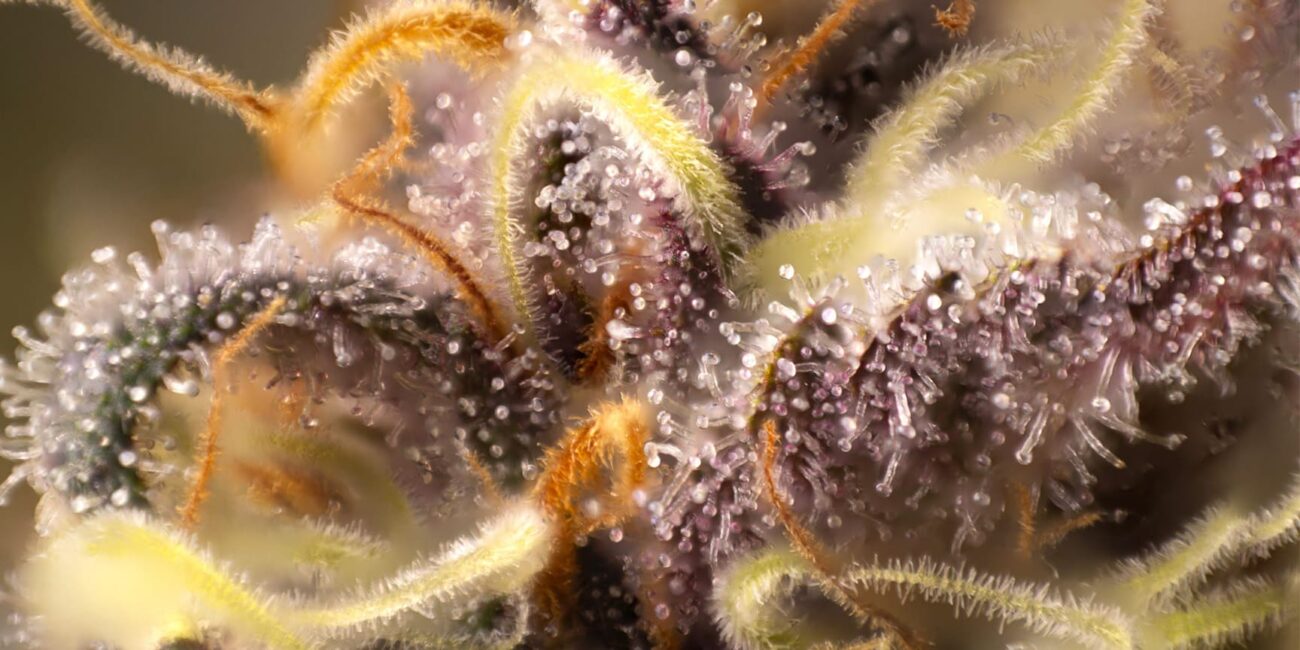
Trichomes, the tiny hair-like structures on cannabis plants, come in a variety of shapes and sizes, with three predominant types:
Bulbous Trichomes:
- These are the smallest trichomes, measuring only 10-15 micrometers.
- They cover the entire surface of the cannabis plant.
- Despite their tiny size, they play a crucial role in cannabinoid and terpenoid production.
Capitate Sessile Trichomes:
- Slightly larger than bulbous trichomes, they possess both a head and a stalk.
- More abundant than bulbous trichomes, but still smaller than the next type.
- Capitate sessile trichomes contribute to the plant’s chemical profile, adding to its therapeutic potential.
Capitate-Stalked Trichomes:
- These are the largest trichomes, ranging from 50 to 100 micrometers, making them visible to the naked eye.
- Their complex structure includes a stalk made of epidermal and hypodermic cells leading to a basal cell, which attaches to a substantial gland head.
- The gland head, held together by a waxy cuticle layer, acts as the primary site for the synthesis of cannabinoids and terpenoids.
While all three types of trichomes produce cannabinoids, it is the capitate-stalked trichomes that hold particular significance. They appear abundantly in and around the calyxes of budding flowers, contributing to the rich concentration of essential oils, responsible for the unique aroma, flavor, and therapeutic effects of cannabis products.
Understanding trichomes and their role in cannabinoid production helps us appreciate the complexity and diversity of cannabis, unlocking its potential for a wide range of applications in medicine and beyond.
The function of crystals on cannabis
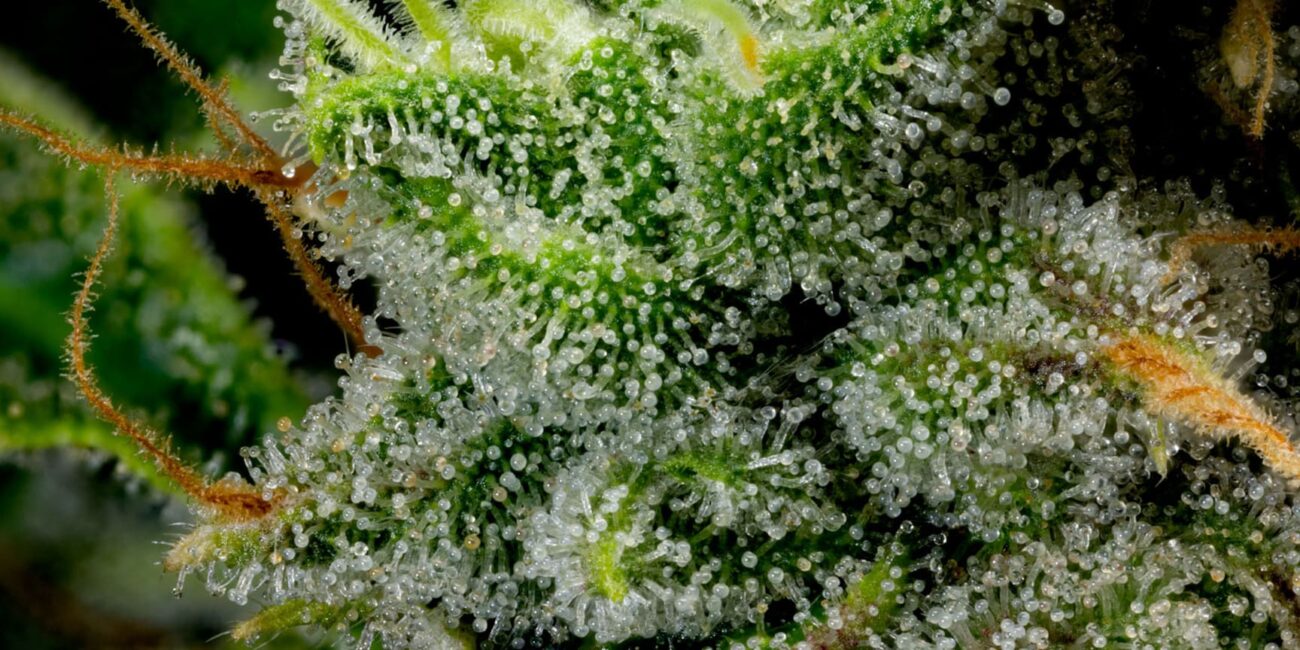
Trichomes are widespread in nature and can be found in various plant species, each with its unique physical characteristics and purposes. For instance, some carnivorous plants use trichomes to aid in catching prey.
In the case of cannabis, trichomes play a crucial role as a defense mechanism. When female cannabis plants enter the flowering stage, they become susceptible to insects, animals, and environmental stressors. These stressors include harmful UV rays in their natural habitat.
Trichomes act as a deterrent to animals due to their bitter taste and potent aromas, making cannabis flowers unappetizing. Simultaneously, trichomes protect against damaging winds and certain types of fungal growth. They provide a dual defense for the plant’s well-being.
Trichomes serve a protective function and are the site of cannabinoid and terpenoid production. These compounds contribute to the medicinal and therapeutic properties of cannabis.
In the world of cannabis enthusiasts, the quest for exceptional strains never ends. For those seeking a truly indulgent experience, look no further than our handcrafted mini joints infused with kief. Experience the delightful blend of Monster Cookies, an indica-dominant hybrid, boasting a rich and sweet aroma with hints of earthiness.
If you prefer a more uplifting and fruity adventure, our Dolce Melon mini joint infused with kief awaits you. This delightful sativa-dominant strain offers a burst of melon flavors, taking your taste buds on a delightful journey.
The presence of trichomes, rich in valuable compounds, makes them vital in diverse cannabis applications. They play a crucial role in industries such as medicine, wellness, and more.
Understanding the role of trichomes in cannabis enhances our appreciation for this remarkable plant’s resilience and multifaceted nature.
In conclusion, trichomes play a central role in the remarkable world of cannabis. Resinous crystals give cannabis flowers their distinctive appearance. Additionally, they serve as the primary source of cannabinoids and terpenes, defining the plant’s therapeutic and medicinal properties.
Furthermore, the presence of various types of trichomes plays a pivotal role in enriching the chemical profile of cannabis. As a result, this highlights the plant’s immense potential for diverse applications in medicine, wellness, and beyond.
Continuing to explore and unlock the secrets of trichomes deepens our understanding of cannabis. This paves the way for innovative advancements in cannabis research and medicine.
Embracing the complexity and versatility of trichomes allows us to fully appreciate the remarkable benefits of this versatile plant.


